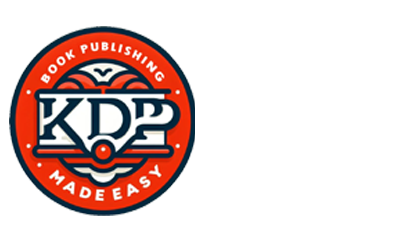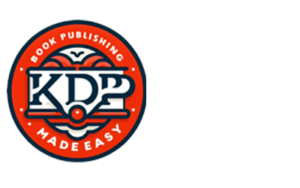Mastering Manuscript Editing Techniques: A Comprehensive Guide for Writers
Embarking on the journey of manuscript editing is a pivotal step towards refining your writing and presenting a polished work to the world. This comprehensive guide will navigate you through the intricacies of mastering manuscript editing techniques, empowering you to elevate the quality of your writing and captivate your audience.
Understanding the Editing Process
Before diving into specific techniques, it’s essential to grasp the broader editing process. Editing involves scrutinizing your manuscript for clarity, coherence, and consistency. From macro-level structural edits to micro-level proofreading, each stage contributes to refining your manuscript into a literary gem.
The Art of Self-Editing
Self-editing is the initial phase of the editing journey, and it requires a critical eye and disciplined approach. Start by reviewing the overall structure of your manuscript – does it flow logically? Are there any plot holes or inconsistencies? Move on to sentence-level edits, focusing on clarity, conciseness, and engaging language. Repeat this process iteratively.
Embracing the Power of Beta Readers
Beta readers are invaluable allies in the editing process. These are individuals who read your manuscript with fresh eyes, providing feedback on plot, characters, pacing, and overall engagement. Embrace constructive criticism from beta readers to identify blind spots and enhance the overall impact of your narrative.
Utilizing Technology for Grammar and Style Checks
In the digital age, leverage technology to streamline the editing process. Grammar and style-checking tools like Grammarly or ProWritingAid can identify grammatical errors, suggest improvements in writing style, and enhance the overall readability of your manuscript. However, use these tools as aids, not substitutes for your own critical assessment.
Establishing Consistency in Style and Tone
Consistency in style and tone is crucial for maintaining reader engagement. Ensure that your writing style is uniform throughout the manuscript, and the tone aligns with the genre and intended mood. Consistent character voices, pacing, and thematic elements contribute to a cohesive and immersive reading experience.
Mastering Dialogue Punctuation
Effective dialogue punctuation is a hallmark of polished writing. Ensure proper placement of quotation marks, punctuation within and outside the quotes, and adherence to dialogue tags. Consistent and accurate dialogue punctuation not only enhances readability but also showcases your mastery of the craft.
Addressing Redundancies and Wordiness
Trimming redundancies and eliminating wordiness is an essential editing skill. Scrutinize your manuscript for repetitive phrases, unnecessary adverbs, and verbose descriptions. Aim for clarity and brevity, ensuring that each word contributes meaningfully to the narrative without unnecessary embellishments.
Perfecting Sentence Structure
Crafting varied and dynamic sentence structures elevates the overall quality of your writing. Avoid monotony by incorporating a mix of short, punchy sentences and longer, descriptive ones. Pay attention to sentence flow, ensuring a seamless transition between ideas. Experiment with sentence structures to create rhythm and impact.
Checking for Consistent Point of View
Maintaining a consistent point of view (POV) is crucial for narrative coherence. Whether first person, third person limited, or omniscient, stick to the chosen POV throughout the manuscript. Inconsistent POV can confuse readers and disrupt the narrative flow, detracting from the overall reading experience.
Polishing Grammar and Syntax
Flawless grammar and syntax are non-negotiables in manuscript editing. Thoroughly review your manuscript for grammatical errors, punctuation mistakes, and syntax issues. Pay attention to subject-verb agreement, verb tenses, and the correct use of pronouns. A manuscript free of grammatical flaws enhances your credibility as a writer.
Seeking Professional Editorial Assistance
Consider seeking professional editorial assistance for a comprehensive and objective review of your manuscript. Professional editors bring a wealth of experience and a fresh perspective to the editing process. They can identify nuances, suggest improvements, and provide valuable insights to elevate your manuscript to industry standards.
Conclusion
Mastering manuscript editing techniques is an ongoing process that combines self-reflection, technological aids, external feedback, and an unwavering commitment to excellence. By understanding the editing process, embracing self-editing, leveraging beta readers and technology, ensuring consistency, perfecting dialogue punctuation, addressing redundancies, refining sentence structure, maintaining a consistent point of view, polishing grammar and syntax, and seeking professional editorial assistance, you can refine your manuscript into a literary masterpiece that captivates readers and stands the test of time.

